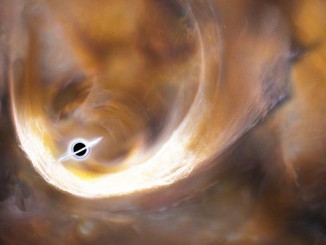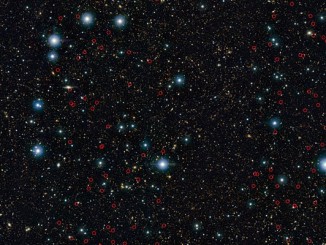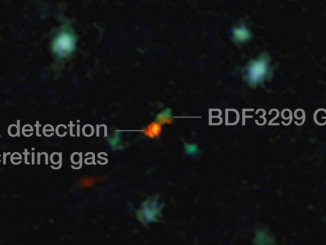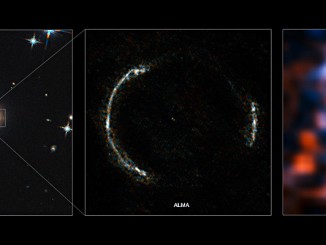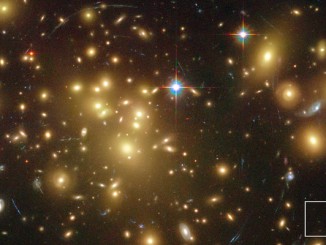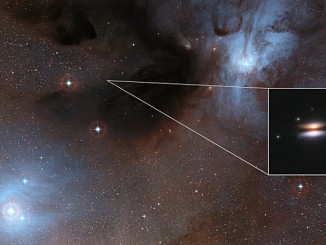
Mystery within the deep-frozen ‘Flying Saucer’
Astronomers have made the first direct measurement of the temperature of large dust grains in the outer parts of a planet-forming disc around a young star. Observations of an object nicknamed the Flying Saucer reveals that the grains are much colder than expected. This surprising result suggests that models of these discs may need to be revised.

